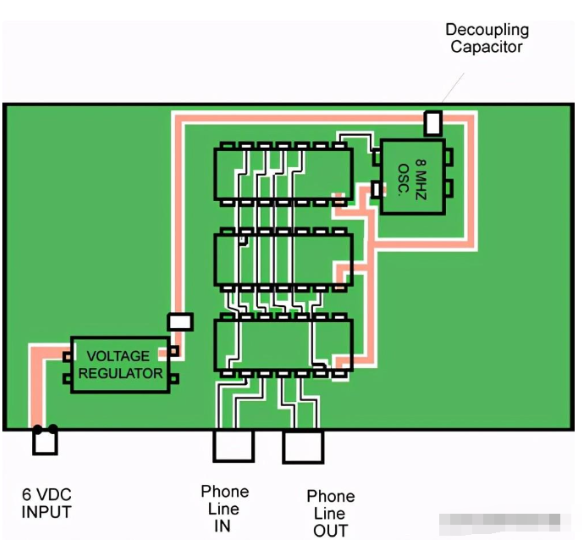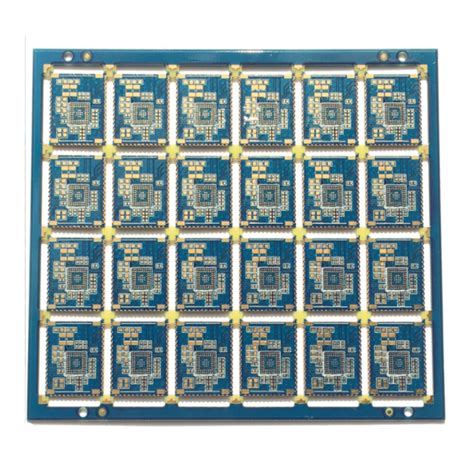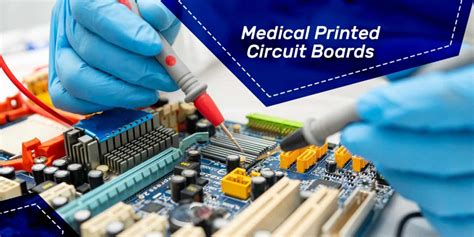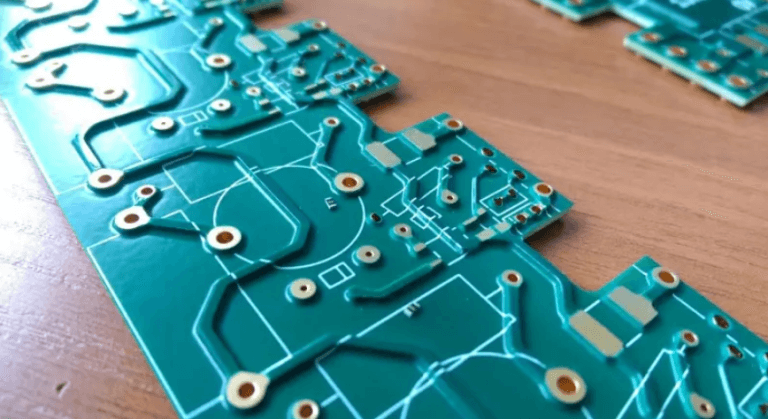What are the standards for PCB welding quality? What are the influencing factors?
The welding quality of PCB (Printed Circuit Board) is crucial to the reliability and performance of electronic products. This article will introduce the standards and influencing factors of PCB welding quality, and explore the standards and methods of visual inspection, physical testing and reliability assessment in depth to help readers better understand and improve PCB welding quality.
1.Introduction
PCB welding quality is directly related to the performance and reliability of electronic products. Understanding the standards and influencing factors of welding quality is crucial to improving production processes and product quality.
2.Standards for PCB welding quality
(1)Visual inspection standards:
a. Appearance of solder joints: surface features such as solder joint shape, color, glossiness, etc.
b. Tin pad integrity: Check whether the tin pad around the solder joint is intact.
c. Soldering defects: such as solder cracking, solder instability, poor soldering, etc.
(2)Physical testing standards:
a. Solder joint strength test: Test the mechanical strength of the solder joint to determine its tensile, shear and peel strength.
b. Continuity test: Check the conduction between the soldering points on the circuit board.
c. Insulation test: Test the insulation performance between the soldering point and the substrate.
(3)Reliability evaluation standards:
a. Thermal shock test: Cycle test between high temperature and low temperature to evaluate the thermal stability of the solder joint.
b. Humidity cycle test: Cycle test between high temperature and high humidity and low temperature and low humidity to evaluate the wet-heat stability of the solder joint.
c. Vibration test: Simulate the vibration of the product during transportation or use to evaluate the vibration resistance of the solder joint.

3.Factors affecting PCB welding quality
4.Process factors:
a. Soldering temperature: Too high or too low soldering temperature will affect the welding quality.
b. Soldering time: Appropriate soldering time can ensure the quality of soldering, too long or too short may lead to poor solder joints.
c. Soldering flow: The size of the soldering flow affects the distribution and quality of the solder.
d. Dynamic wave soldering: Dynamic wave soldering requires precise process parameters, otherwise it will cause soldering defects.
5.Material factors:
a. Solder: The composition and quality of the solder directly affect the quality of welding.
b. Solder pad: The shape and material of the solder pad will affect the reliability and stability of welding.
c. Substrate material: The material and thickness of the substrate have a certain impact on the quality of welding.
6.Design factors:
a. Pad design: The shape and size of the pad will affect the quality and stability of welding.
b. Component layout: A good component layout helps the smooth progress of the welding process.
c. Welding area: The size of the welding area has a direct impact on the quality of welding.
7.Environmental factors:
a. Temperature and humidity: The ambient temperature and humidity have an impact on the stability of the welding process and the quality of welding.
b. Static electricity: Static electricity discharge may cause welding damage.
8.Solutions and Improvement Methods
In order to improve the quality of PCB welding, the following are some solutions and improvement methods:
(1)Process improvement:
a. Determine the appropriate welding temperature and time: Through experiments and process optimization, determine the temperature and time range suitable for a specific welding process to ensure the stability of welding quality.
b. Control welding flow: According to the welding area and component specifications, accurately control the welding flow to ensure uniform distribution of solder and reduce the occurrence of welding defects.
c. Optimize dynamic wave soldering parameters: For the dynamic wave soldering process, adjust and optimize the parameters to avoid the occurrence of welding defects.
(2)Material selection:
a. Select high-quality solder: High-quality solder has good fluidity, adhesion and high temperature resistance, which can improve welding quality and stability.
b. Ensure the quality of solder pads: Select appropriate solder pad materials and shapes to ensure their accuracy and flatness to improve the reliability and stability of welding.
c. Pay attention to the selection of substrate materials: Select appropriate substrate materials and thickness to meet the requirements of the welding process and improve welding quality.
(3)Design optimization:
a. Reasonable pad design: Ensure that the shape, size and spacing of the pads meet the standard requirements, and take into account the soldering fluidity and distribution of the solder to reduce the occurrence of soldering defects.
b. Good component layout: Arrange the layout of the components reasonably to avoid overcrowding and cross wiring to ensure the smooth progress of the soldering process.
c. Increase the soldering area: Increase the soldering area by increasing the size of the pad or increasing the number of auxiliary pads to improve the soldering quality and reliability.
(4)Environmental control:
a. Control temperature and humidity: During the soldering process, control the temperature and humidity of the environment to reduce the impact of the external environment on the soldering quality.
b. Electrostatic protection: Take appropriate electrostatic protection measures, including the use of electrostatic protection equipment and work clothes, to prevent static electricity from damaging the soldering quality.
The standards for PCB soldering quality are evaluated by methods such as visual inspection, physical testing and reliability evaluation. Understanding and complying with these standards is essential to ensuring PCB soldering quality. Factors affecting PCB soldering quality include process, material, design and environment. By adopting appropriate solutions and improvement methods, such as process optimization, material selection, design optimization and environmental control, the quality of PCB welding can be improved to ensure the reliability and performance of electronic products. In actual production, continuous improvement and strict control of these factors will help improve the quality of PCB welding and meet market demand.







